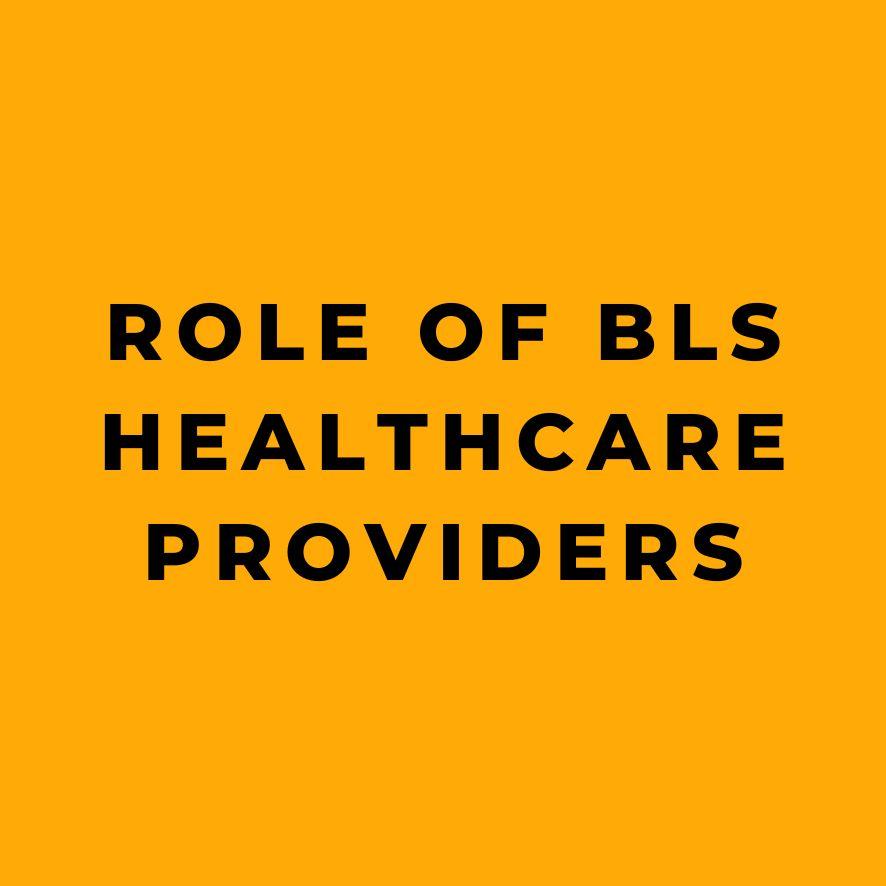Introduction
The role of Basic Life Support (BLS) healthcare providers is critical in ensuring the immediate and effective response to life-threatening emergencies in medical facilities and various community settings. BLS certification is essential for healthcare professionals, first responders, and public safety professionals, equipping them with the necessary skills to provide emergency medical care to individuals experiencing cardiac arrest, respiratory distress, or airway obstruction. In this comprehensive article, we will delve into the importance of BLS for healthcare providers, the skills and knowledge covered in BLS training, the certification process, and the impact of BLS on patient outcomes. We will also explore the differences between BLS training for healthcare workers and laypeople, the emotional impact on providers, and the resources available for BLS certification and recertification.
Importance of BLS Training for Healthcare Providers
BLS training is of paramount importance for healthcare providers as it equips them with the skills to respond effectively to life-threatening emergencies. According to the American Heart Association, over 350,000 people experience out-of-hospital cardiac arrest annually in the United States, with only a 10% survival rate. The survival rate for in-hospital cardiac arrest is higher at 25%. BLS training emphasizes the need for more people, particularly healthcare providers, to acquire CPR skills as the best way to ensure high-quality CPR and increase survival rates.
One of the key reasons BLS training is crucial for healthcare providers is the opportunity to improve patient outcomes. By possessing the knowledge and skills to provide immediate assistance in emergencies such as cardiac arrest, respiratory distress, and airway obstruction, healthcare providers can significantly impact survival rates and create better outcomes for individuals needing immediate medical attention. BLS-certified individuals within the community can also provide crucial assistance while waiting for professional medical help to arrive, further emphasizing the importance of BLS skills beyond healthcare facilities.
BLS Classes and Certification
BLS classes typically provide participants with a comprehensive understanding of BLS concepts, techniques, and protocols. These classes involve theoretical instruction, hands-on practice, and simulation scenarios to ensure that participants are well-prepared to handle real-life emergency situations. Upon successful completion of a BLS course, participants receive a BLS certification, which is valid for two years. Healthcare providers must renew their certifications to stay updated with the latest guidelines and techniques. BLS certification is often a requirement for many healthcare professions, including physicians, nurses, pharmacists, and dentists, making it essential for career advancement and enhancing job opportunities.
Skills Covered in BLS Training
BLS training covers a range of essential skills that are crucial for healthcare providers to respond effectively to life-threatening emergencies. These skills include CPR, the use of automated external defibrillators (AED), and relieving airway obstructions in patients of every age. BLS algorithms provide a systematic approach to assessing and treating patients in cardiac arrest or other life-threatening conditions, guiding healthcare providers in making critical decisions during emergencies. Additionally, BLS training equips healthcare providers with the knowledge and skills required to provide CPR with more than one rescuer, use advanced airway management, and provide CPR for victims of all ages.
Difference Between BLS for Healthcare Workers and Laypeople
The main difference between life-saving skills for healthcare workers and laypeople is the depth of training and the specific skills covered. BLS courses designed for healthcare workers go into greater depth than what is taught to laypeople. Healthcare providers receive comprehensive training to handle a wide range of emergency situations and are equipped to provide advanced medical care, including advanced airway management and the use of specialized medical equipment such as AEDs. Laypeople, on the other hand, receive training tailored to their role as bystanders or initial responders in emergencies, focusing on basic CPR techniques and the use of AEDs in simple, non-medical settings.
Emotional Impact on Providers
While BLS training equips healthcare providers with essential life-saving skills, it is important to acknowledge the emotional impact that providing BLS care can have on providers. Healthcare providers, particularly those working in emergency or critical care settings, may experience posttraumatic stress and anxiety after providing or failing to provide basic life support. The American Heart Association emphasizes the need for follow-up emotional support to hospital-based healthcare workers, emergency responders, and lay rescuers after a cardiac arrest. It is crucial for health facilities to assess the stressors associated with critically ill patients and provide support to healthcare providers to address the psychological and emotional effects of providing BLS care.
Resources for BLS Certification and Recertification
Several resources are available to help healthcare providers maintain their BLS certification and stay updated with the latest guidelines and techniques. Online platforms such as ACLS.com offer comprehensive study materials, practice tests, and certification renewal courses, enabling healthcare professionals to refresh their knowledge and renew their BLS certification conveniently. These resources are valuable for healthcare providers seeking to recertify and ensure that they are well-prepared to respond to emergencies and provide high-quality care.
Conclusion
In conclusion, the role of BLS healthcare providers is crucial in ensuring the immediate and effective response to life-threatening emergencies. BLS training equips healthcare providers with the skills and knowledge to provide emergency medical care in a wide range of settings, ultimately improving patient outcomes and increasing survival rates. The certification process, skills covered in BLS training, and the emotional impact on providers are important aspects to consider in understanding the significance of BLS for healthcare providers. By staying updated with the latest guidelines and techniques through recertification and utilizing available resources, healthcare providers can continue to enhance their BLS skills and make a meaningful difference in emergency medical care.










